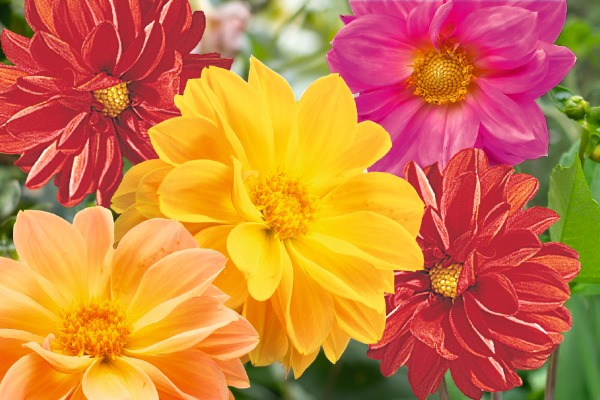
Garden Pride
- Uniform dwarf plant habit
- Early flowering
- Semi-double colorful flowers
- Suitable for production along with bedding plants
- The yellow coated seed is dust-free for easy machine sowing and seed placement
- Crop Time
- Spring: 8 - 9 weeks
- Height ∅
- 12 ″ / 30 cm
- Exposure
- Sun - Partial shade
- Seed Form
- Coated Seed
- Best Uses
- Bedding, Landscape
Culture guide
Usage
Plants for the border, attractive pot plants and container plants for patio and window boxes.
Sow time
January-End July; Early February for selling to Mother’s Day.
Sowing method
2-3 seeds per plug, can be sown directly into final pot
Germination
3-4 days at 68-70 °F (20-21 °C) lightly covered. Stage II: 5-7 days maintain temperatures of 68-70 °F (20-21 °C). Stage III: 12-14 days at 65-68 °F (18-20 °C). Stage IV: 7 at 60-62 °F (15-17 °C). (20-21 °C). Stage III: 12-14 days at 65-68 °F (18-20 °C). Stage IV: 7 at 60-62 °F (15-17 °C).
Growing on
Grow on at temperature of 60-65 °F (15-18 °C), harden plants at 54-55 °F (12-13 °C) prior to sales.
Media
Use a well-drained, growing substrate with 20-30 % clay, 1-2 kg/m³ complete balanced fertilizer, 1-2 kg/m³ slow release fertilizer (3-6 months), iron-chelate, micronutrients, pH: 5.5-6.0.
Temperature
Grow at 15-18 °C or outdoors. For selling it is recommended to harden the plants at temperatures of 12-13 °C. Cultivate flowering plants not below 13 °C. Dahlia plants do not tolerate frost. Temperatures above 21 °C combined with long day of 16 h cause flowers to dry in and temperatures above 25 °C inhibit the flower initiation.
Fertilization
Moderate fertilization levels are required. Fertilize the crop weekly with 100-150 ppm nitrogen, using a complete balanced fertilizer. Avoid high ammonium and high nitrogen levels. Prevent magnesium deficiency by applying magnesium sulphate (0,05 %) 1-2 times and in case of iron deficiency apply iron-chelate for 1-2 times.
Stage I Starts with the radicle breaking through the testa. The roots are touching the medium. Ends with fully developed cotyledons.
Stage II Starts from fully developed cotyledons. Ends with the fully developed true leaf or true leaf pair.
Stage III Starts from the fully developed true leaf or true leaf pair and ends with 80% of the young plants being marketable.
Stage IV All young plants are ready for sale and in the process of being hardened off. This stage lasts about 7 days.
The cultural recommendations are based on results from trials conducted under Central European conditions. Different conditions in other parts of the world may lead to deviations in results achieved.
